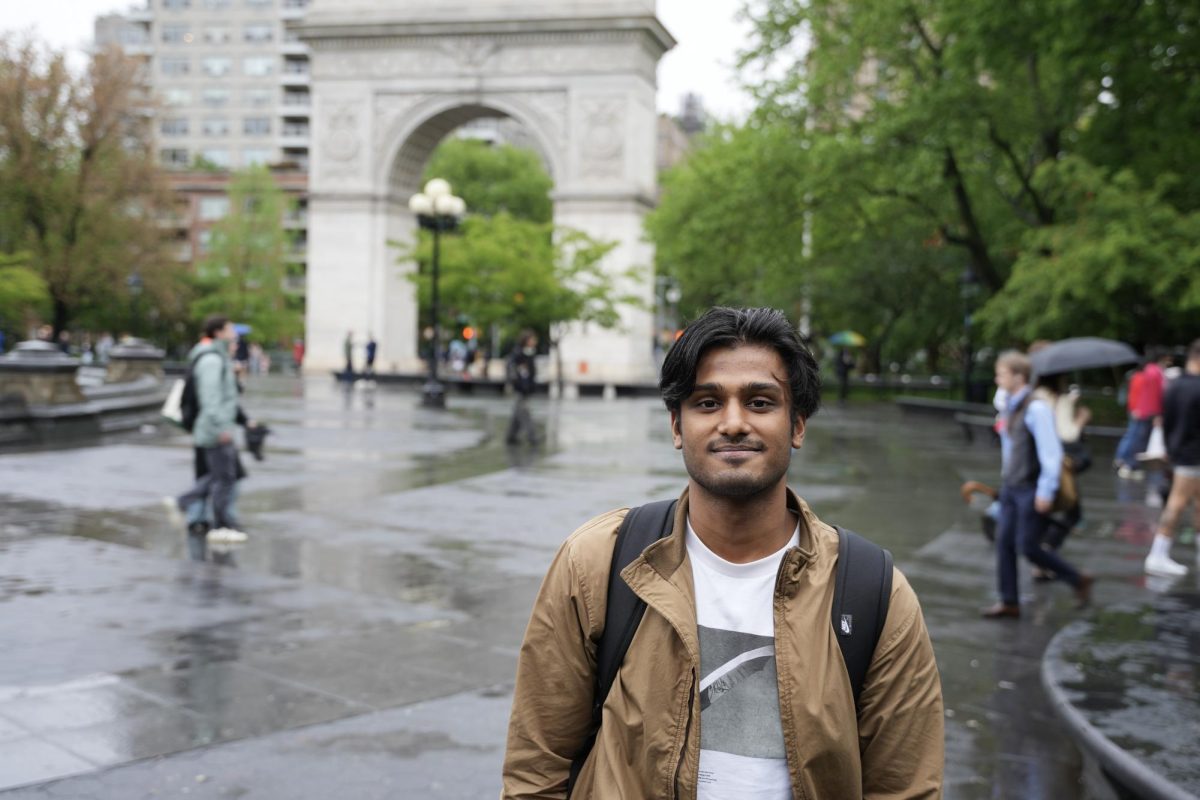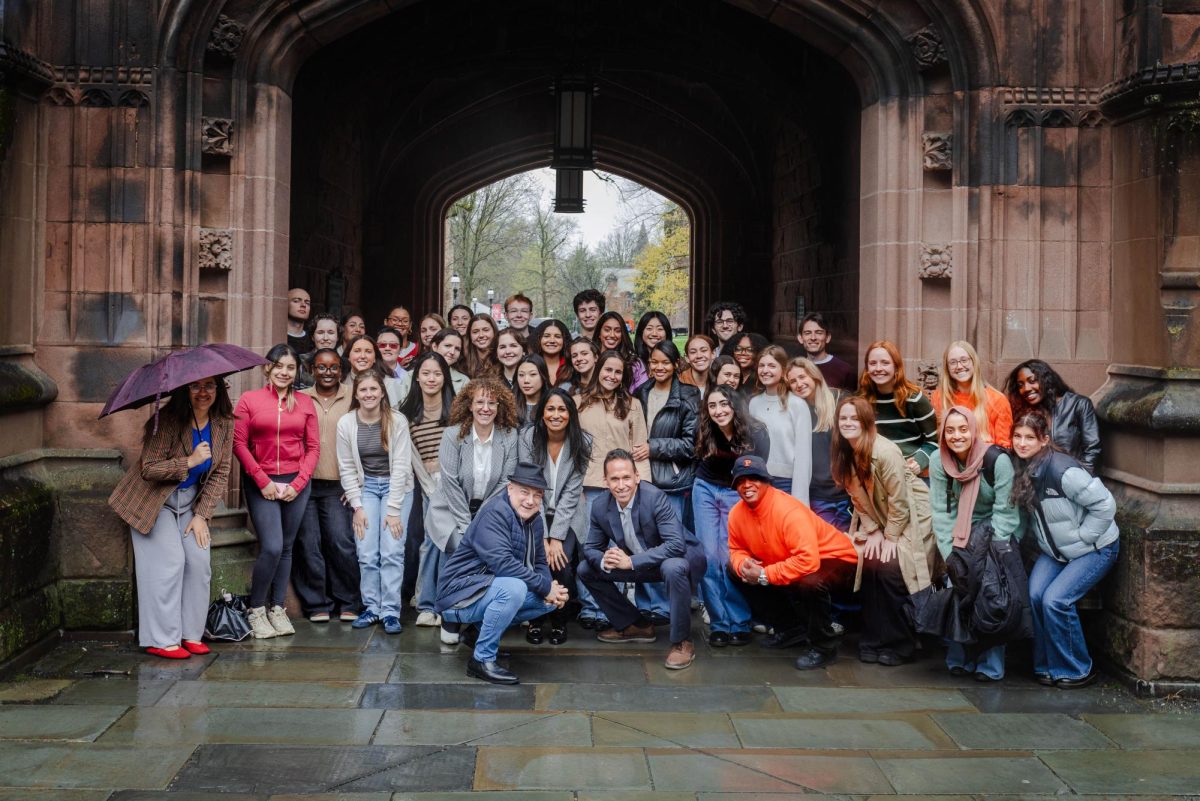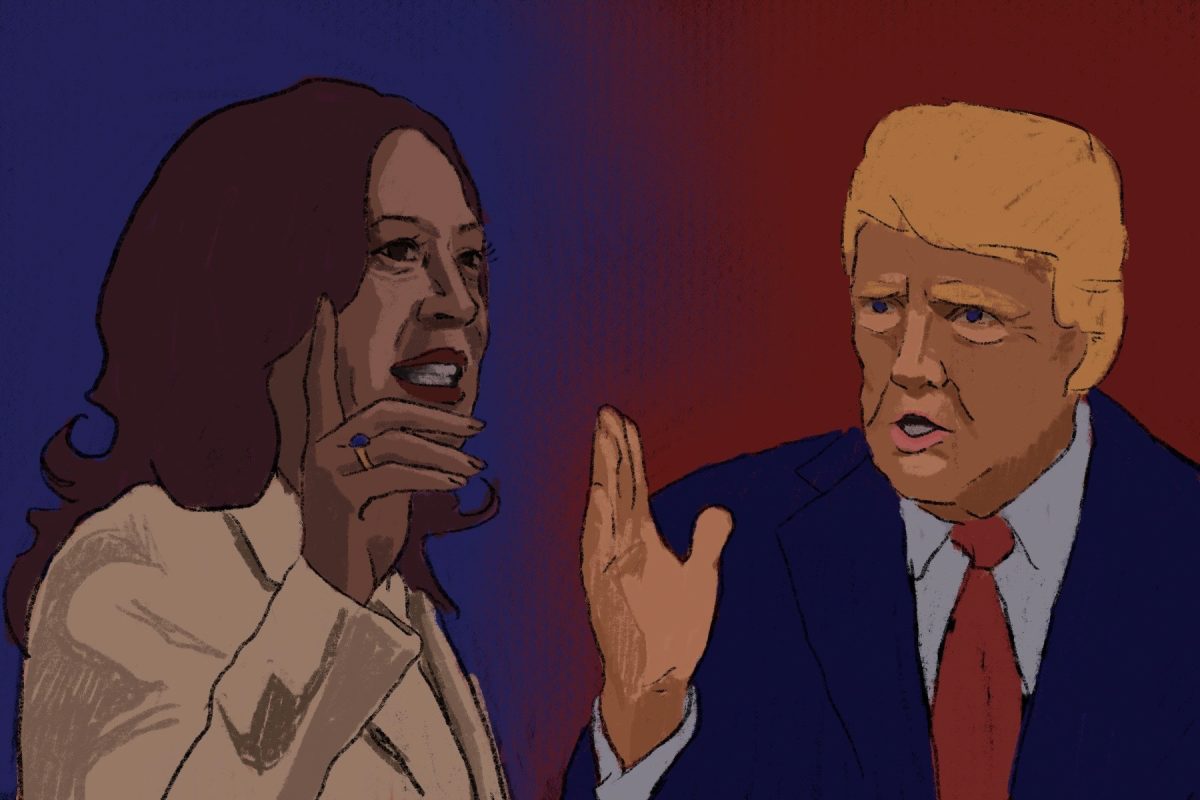Mana Sura
October 10, 2017
Liberal Studies sophomore Mana Sura moved to the United States at the age of 11, two years after her family obtained green cards. I spoke with her about the details of immigrating to America, and the process of seeking documentation.
Fernanda Nunes: What motivated your family to move to the U.S.?
Mana Sura: I was born in India. We moved here because my sister wanted to study architecture in an American university, and my parents figured I’d want to do the same, so we all moved.
FN: What was the process of immigrating like in terms of physically moving and documentation?
MS: Documentation stuff and the physical moving bits were both exhausting. The whole process of filing for an American visa is tedious and then the green card too. I remember this one time when I was running an extremely high fever but we had an appointment that same day, so my parents had to wrap me up in blankets and take me there to give my fingerprints because missing an appointment meant delaying our coming to America significantly.
FN: Would you say your perception of America before and after moving changed? And how does it differ from the view of an American?
MS: I think this whole concept of “The American Dream” is marketed so well to the point where there is an allure to coming to America for the opportunities it provides. But the more I’ve grown up and been a part of the American education system, the more I’ve become critical of it. I do think that Americans, at least in the Northeast, where there is generally a progressive point of view, are aware of the shortcomings of the American systems as well. Now more than ever, people in this region and the west coast are more willing to listen to the criticisms immigrants have of the country, and even contribute to these criticisms. Don’t get me wrong; I couldn’t possibly have had the same opportunities in India as I do here, but there’s no denying that there are much more complex problems at play here, which perhaps aren’t as widely known as the more positive concepts, such as “The American Dream,” that are commonly associated with the U.S. in South Asia.
A version of this article appeared in the Tuesday, October 10th print edition. Email Fernanda Nunes at [email protected]
























































































































































